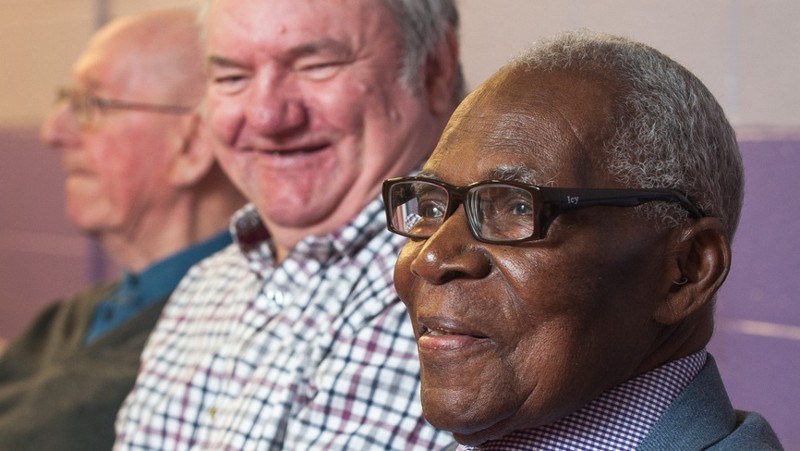Ethnicity

Ethnicity is "the social group a person belongs to, and either identifies with or is identified with by others, as a result of a mix of cultural and other factors including language, diet, religion, ancestry and physical features traditionally associated with race". It is a concept that can change and is normally user defined.
The 2011 census provides the most recent view of the ethnic make-up of the population. 1.8% of the population belonged to a Minority Ethnic Community. This compared with 4% of the Scottish population. For both Midlothian and Scotland these figures are double those of the 2001 census. Population by country of birth is another way to analyse the make-up of Midlothian.
Estimated population by country of birth (EU and non-EU countries) - July 2020 to June 2021
|
|
Total |
UK Born |
Cl +/- |
Non-UK Born |
Cl +/- |
EU |
Cl +/- |
Non-EU |
Cl +/- |
|
Scotland |
5,394,000 |
4,869,000 |
104,000 |
523,000 |
34,000 |
258,000 |
24,000 |
265,000 |
24,000 |
|
Midlothian |
92,000 |
85,000 |
11,000 |
8,000 |
3,000 |
4,000 |
2,000 |
4,000 |
2,000 |
Note: CI = confidence interval, CI is defined as the range of values you can be 95% certain contains the population mean. Estimate + CI and Estimate – CI are the upper and lower 95% confidence limits.
Gypsy/Traveller Families
Whitecraig has a caravan site with 16 pitches managed by East Lothian Council on behalf of both authorities. There are also Gypsy/Traveller families in settled accommodation. 72 people (0.09% of the population) identify as Gypsy/ Traveller compared to 0.08% in Scotland.
Hate incidents motivated by race, particularly against adults, accounted for the majority of hate incidents recorded within Midlothian. Point of sale, neighbour disputes and crimes against police officers continue to represent the majority of hate crime incidents across Midlothian.
Health and ethnicity
The relationship between ethnicity and health is complex and is compounded by the socioeconomic profile of ethnic minority groups. Proportionately, much higher numbers of some groups (e.g. Chinese, Indian, Pakistani) live in much less disadvantaged circumstances in Scotland compared with the rest of Britain. While overall levels of population health, such as life expectancy, are better among many non-White ethnic minority groups in Scotland compared with the White Scottish population, this hides a ‘highly complicated set of varying risks of particular diseases among different groups.’
- Most ethnic groups reported better health than the 'White: Scottish' ethnic group;
- Across most ethnic groups, older men reported better health than older women. Older Indian, Pakistani and Bangladeshi women reported poor health, and worse health than older men in these groups;
- Gypsy/Travellers had the worst health, reporting twice the 'White: Scottish' rate of 'health problem or disability' and over three and a half times the 'White: Scottish' rate of 'poor general health';
- 'White: Polish' people under 65 reported good health, whereas those aged 65+ reported poor health15
- A lower risk of cancer among many groups compared with White Scots,
- A similar (and in some cases, greater) risk of stroke among many groups compared with White Scots
- A greater risk of heart disease and diabetes for people with Pakistani origin compared to White Scots
- A greater risk of diabetes for people in the Indian population compared to White Scots
- A lower risk of many diseases for Chinese men and women
- For many conditions (e.g. respiratory, mental health related, gastrointestinal), the relationships are complex, with no clear patterns across ethnic minority groups emerging.
